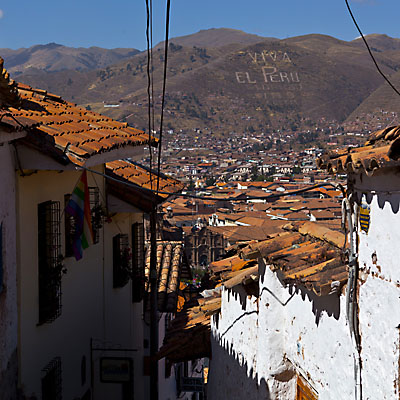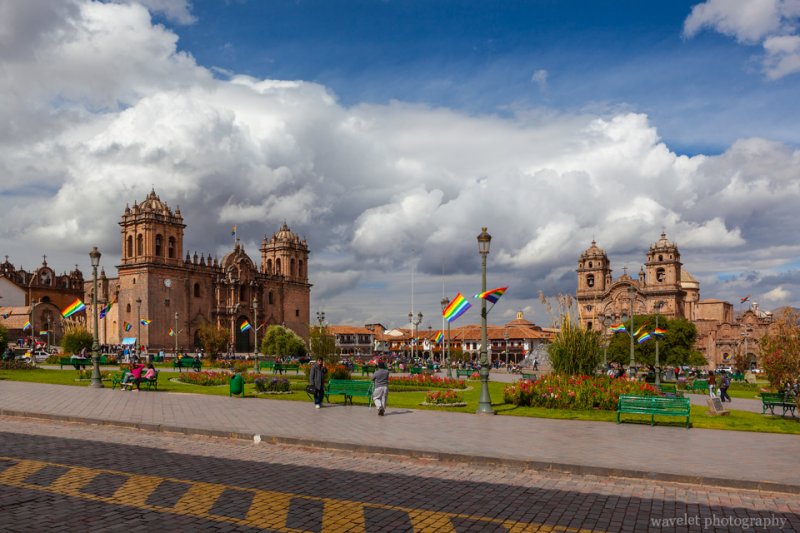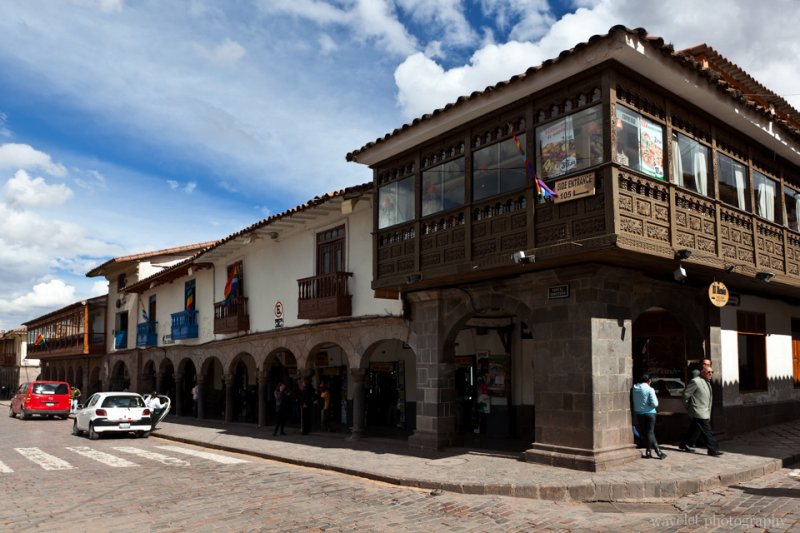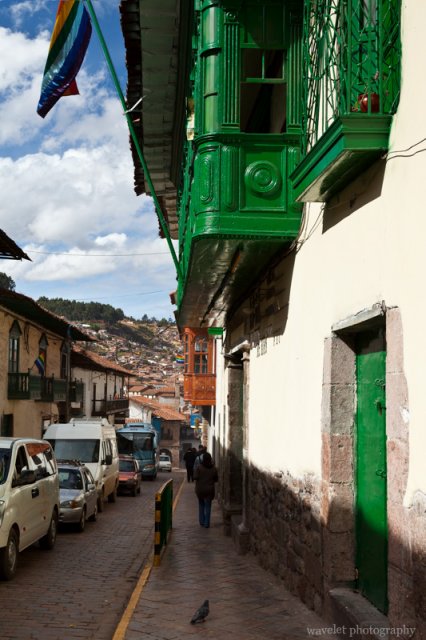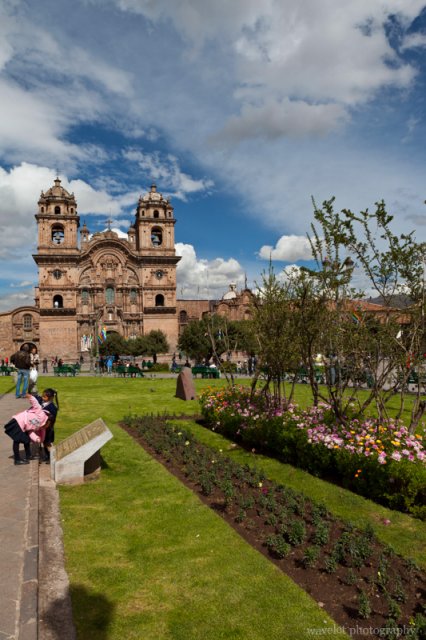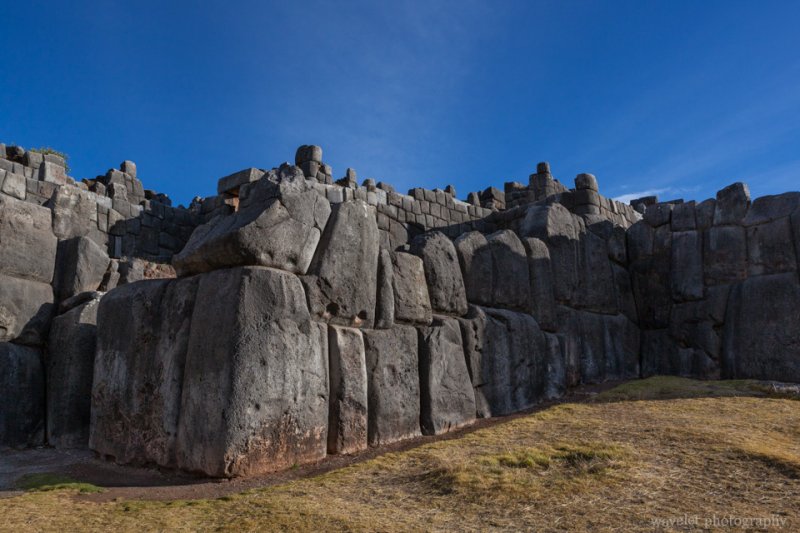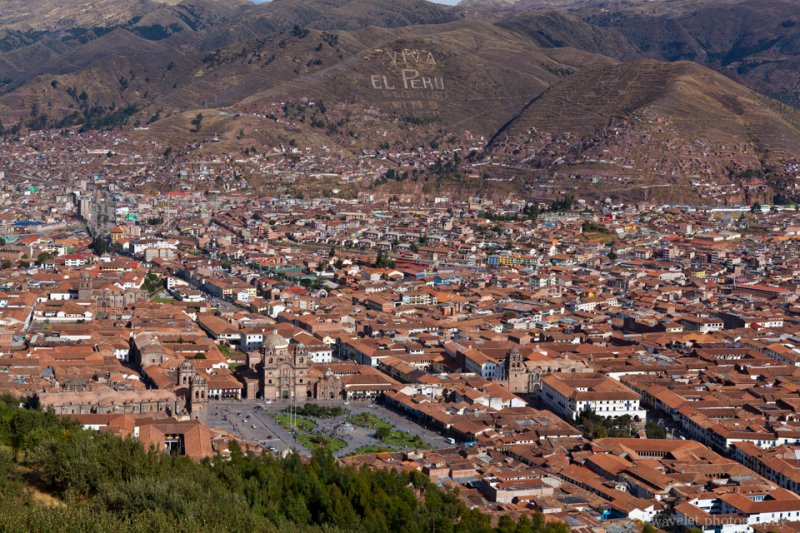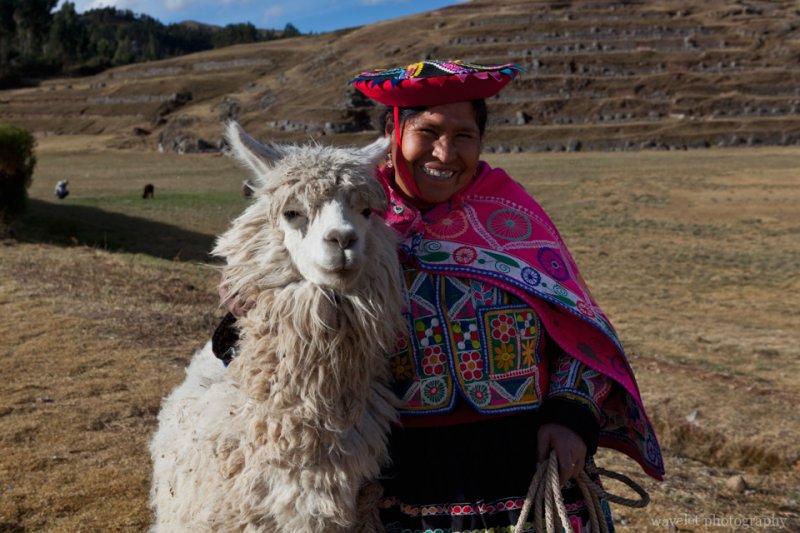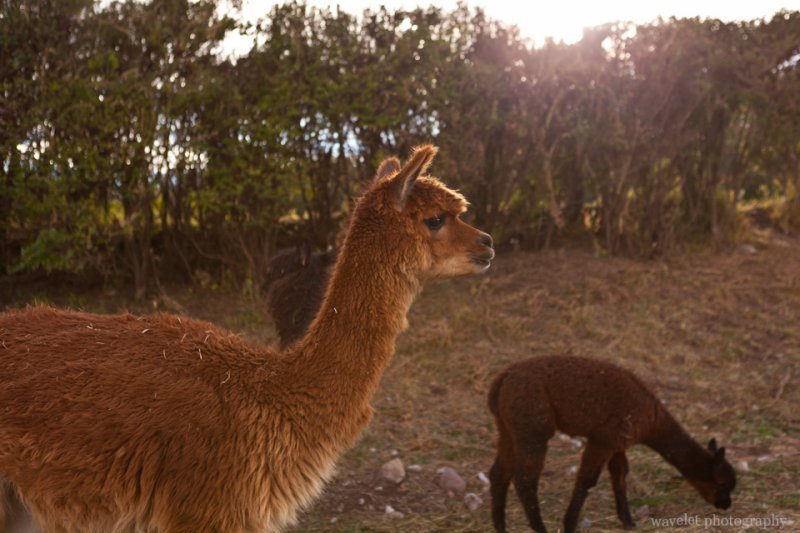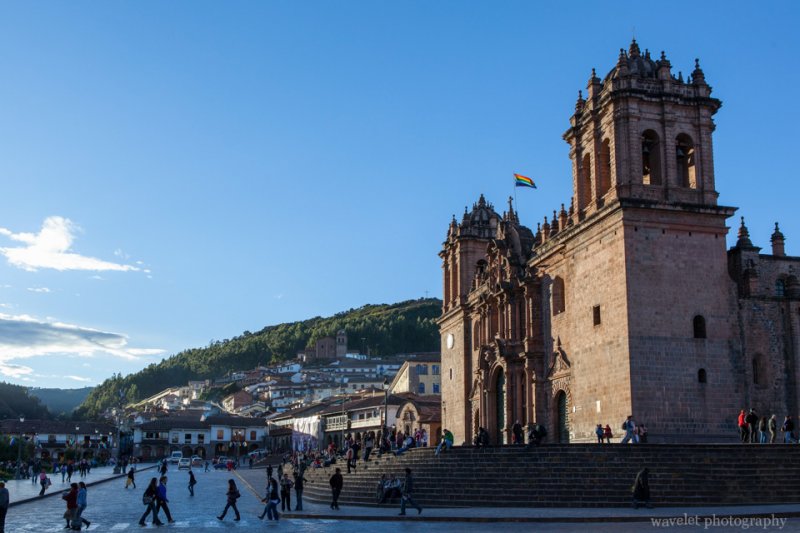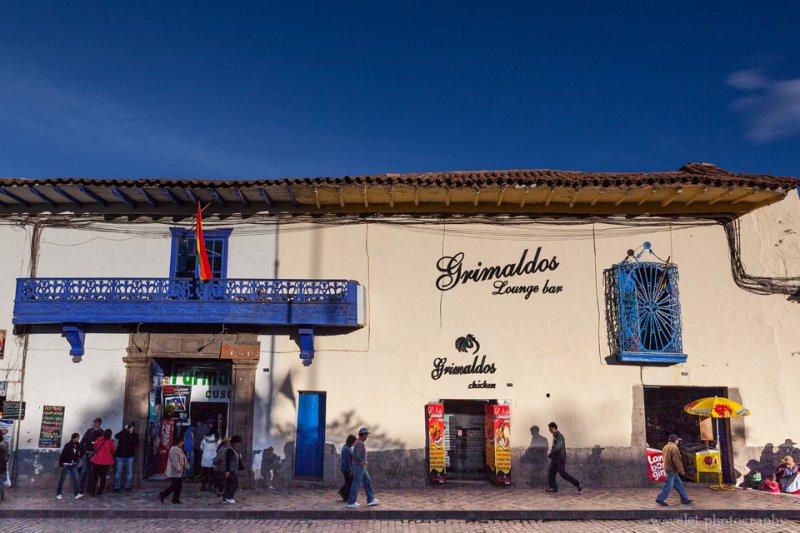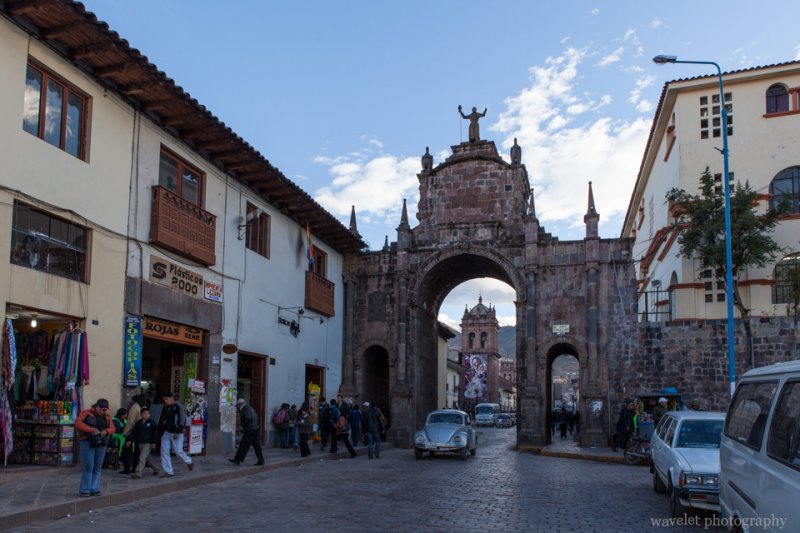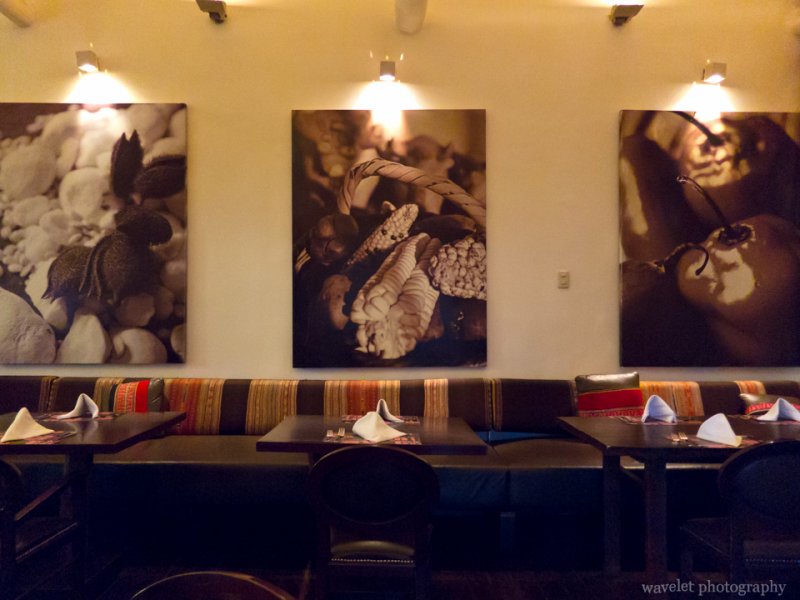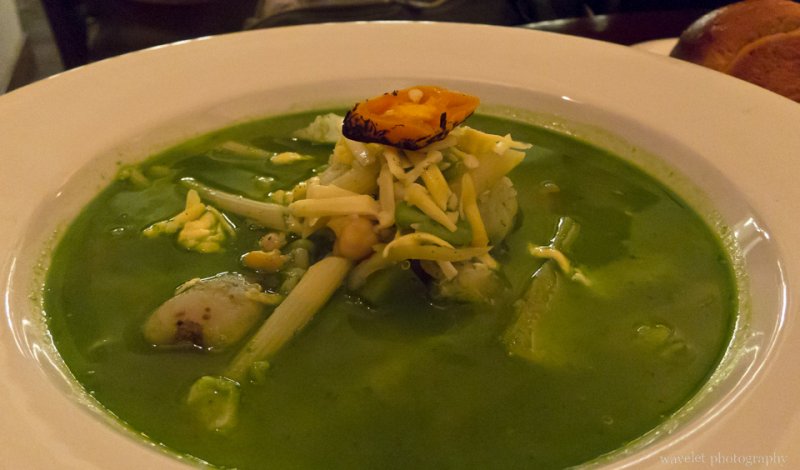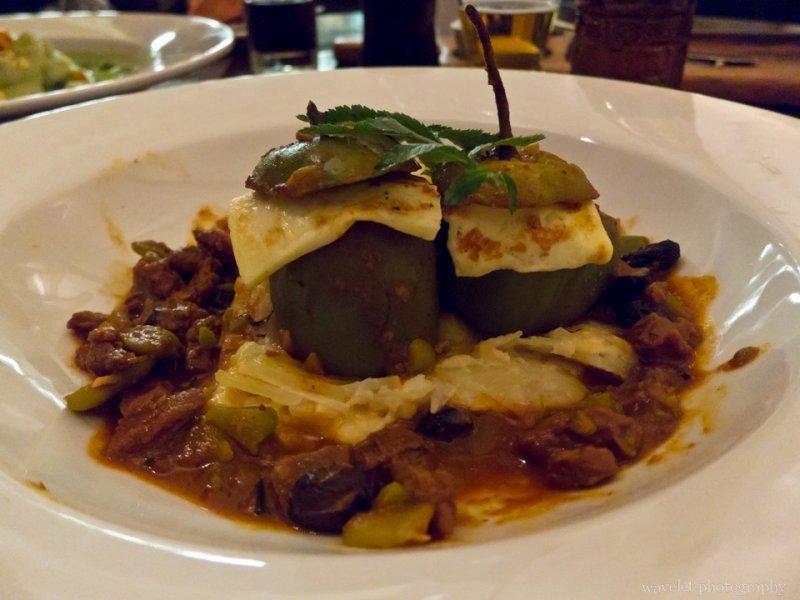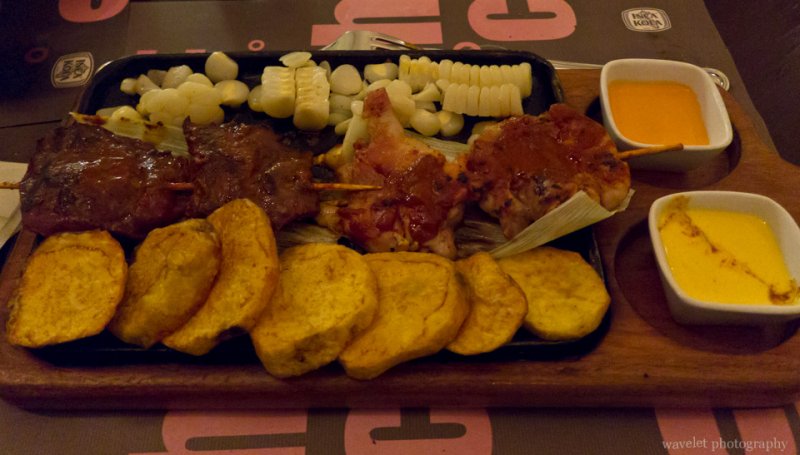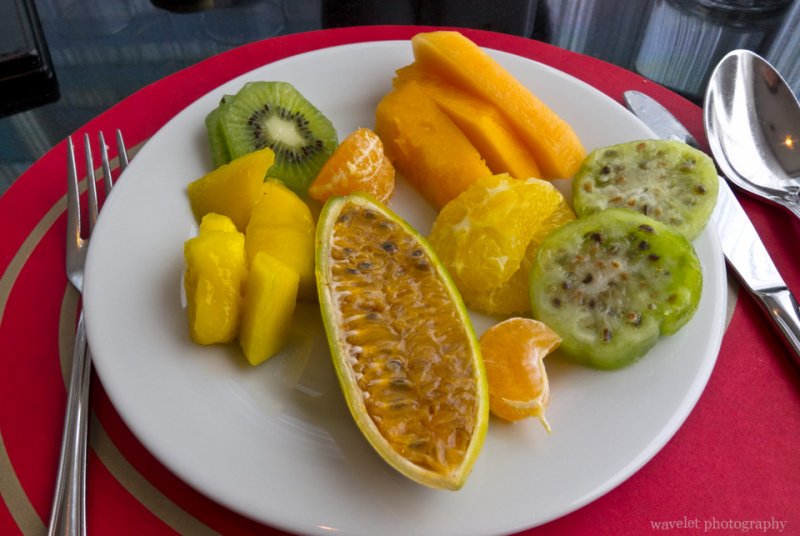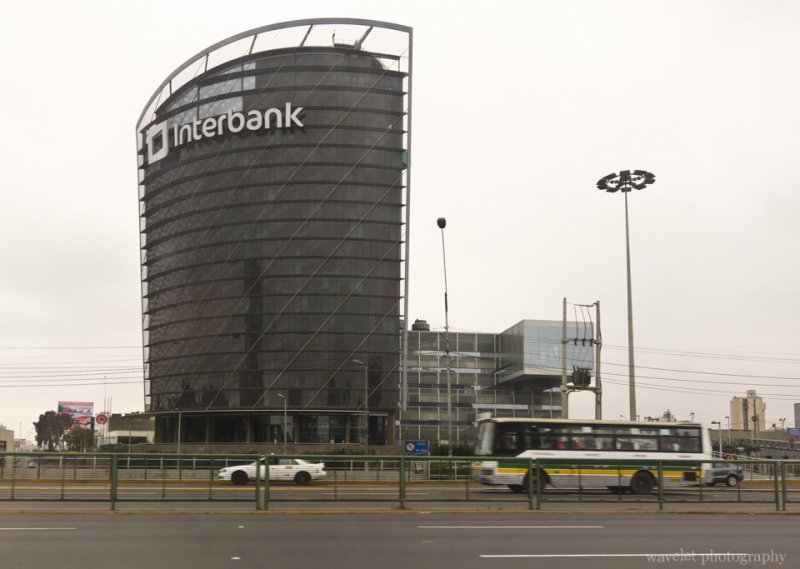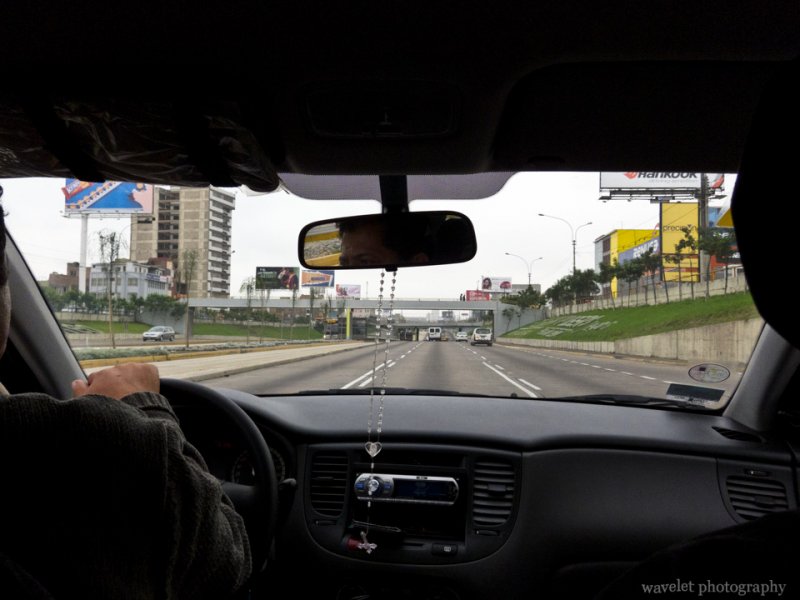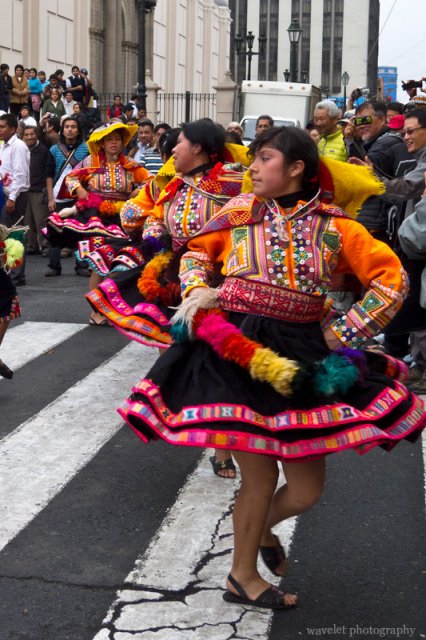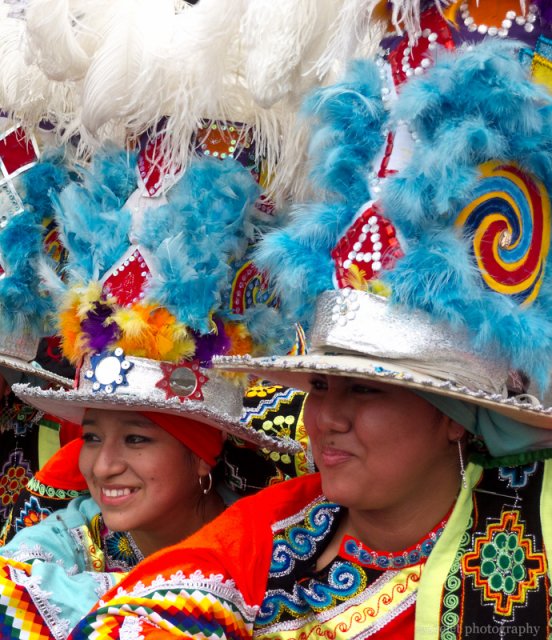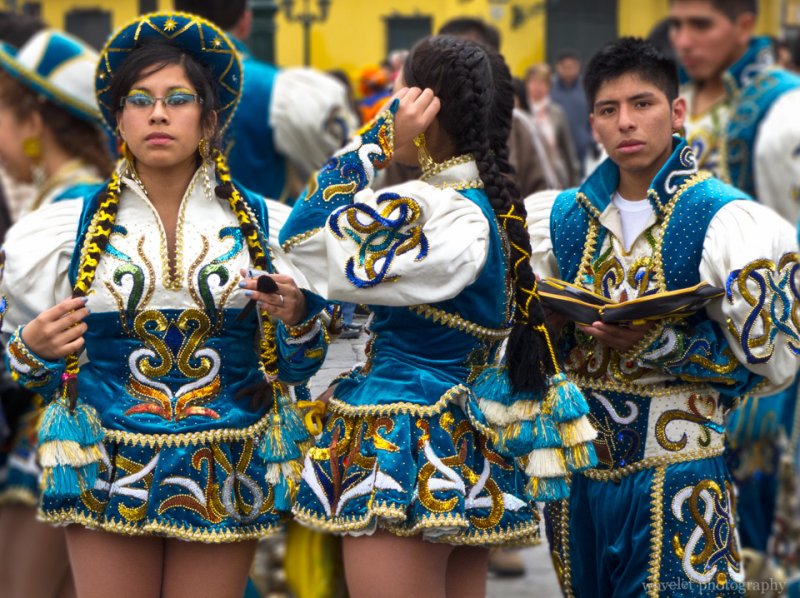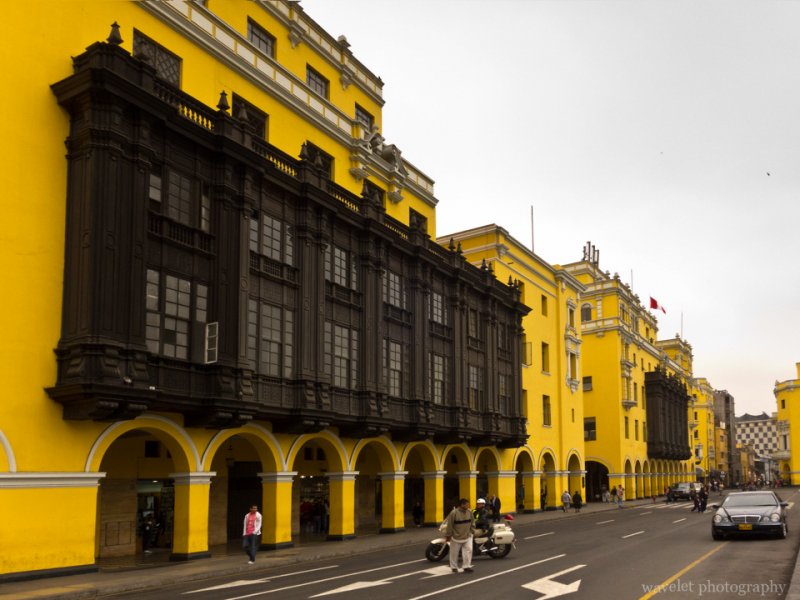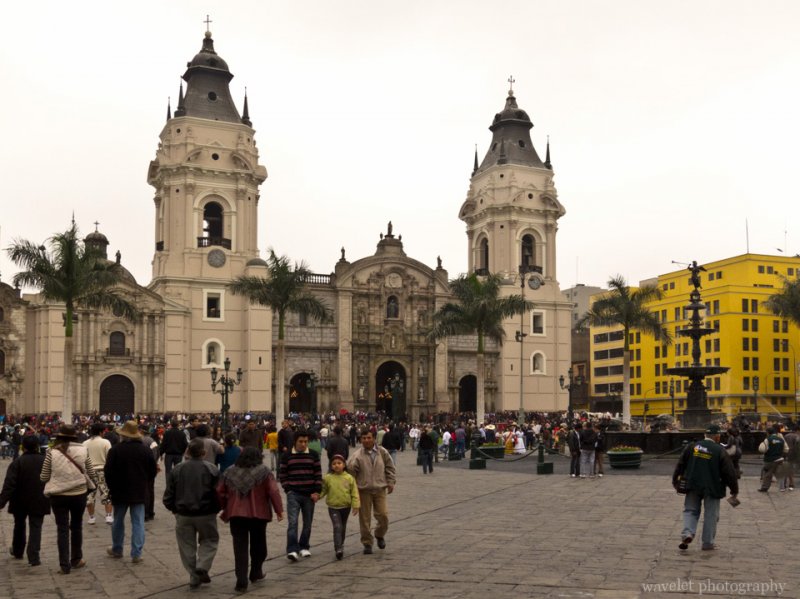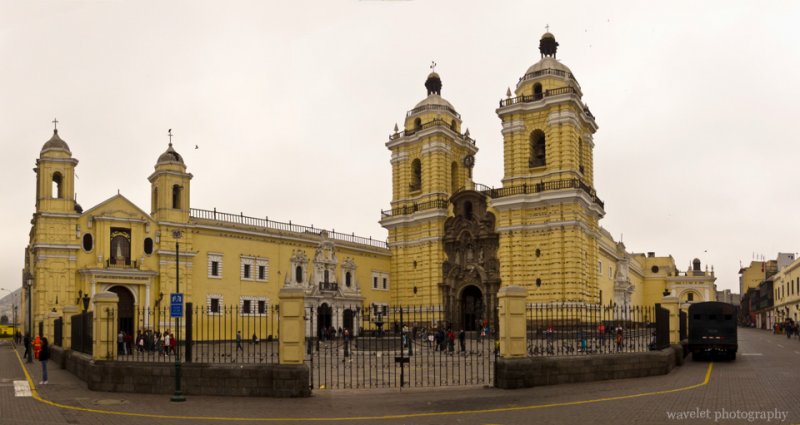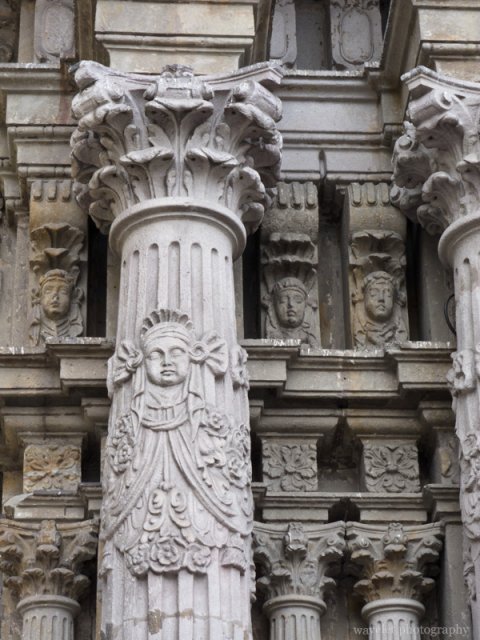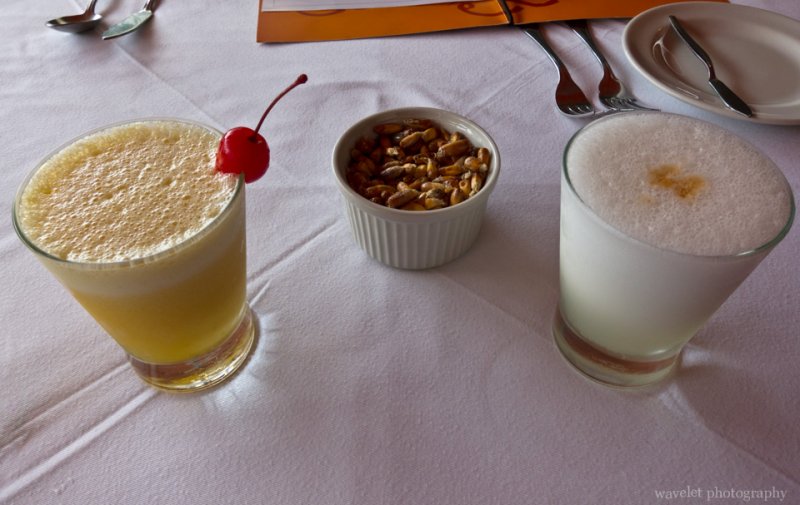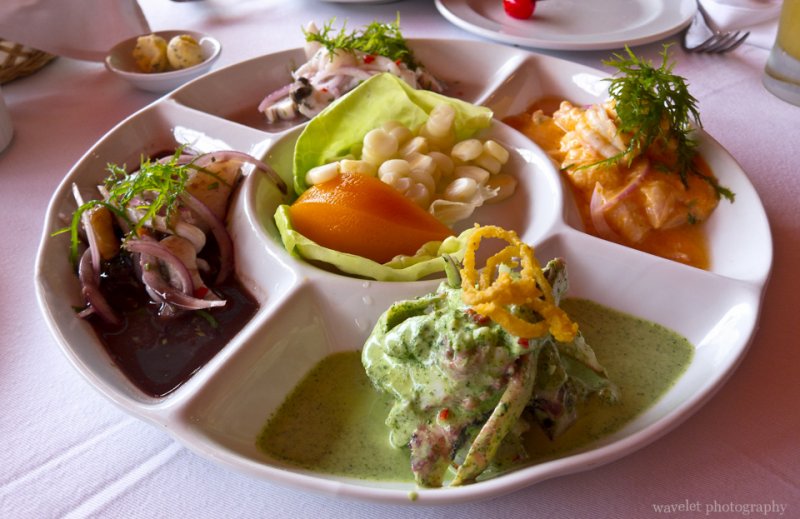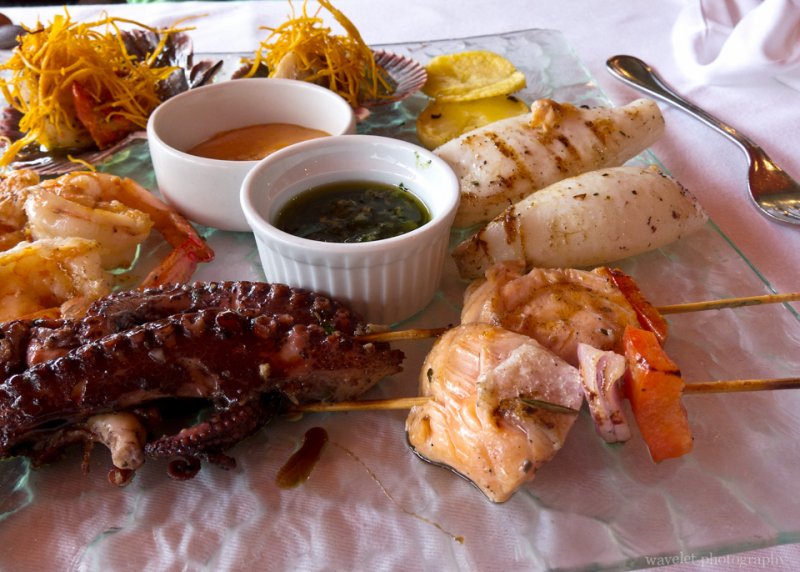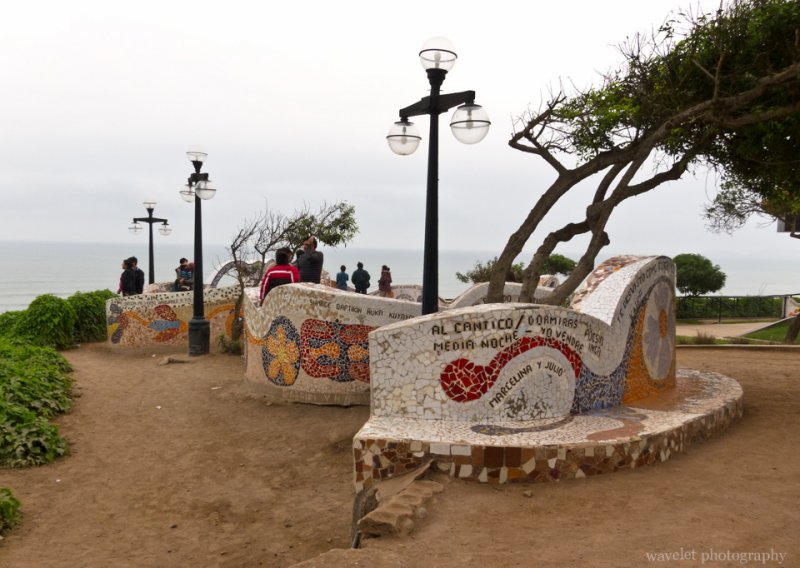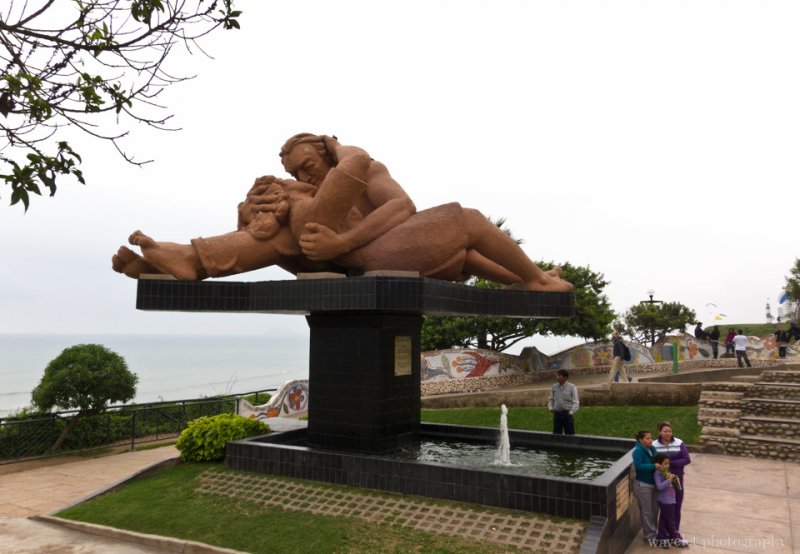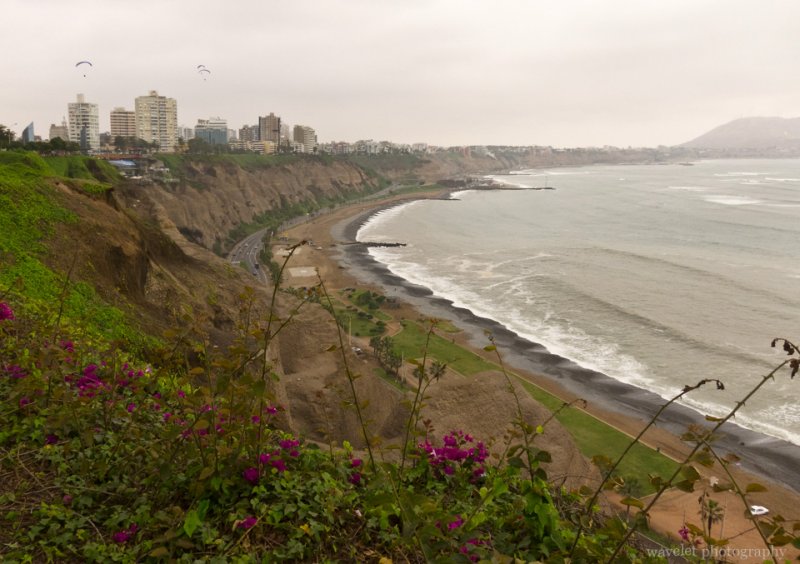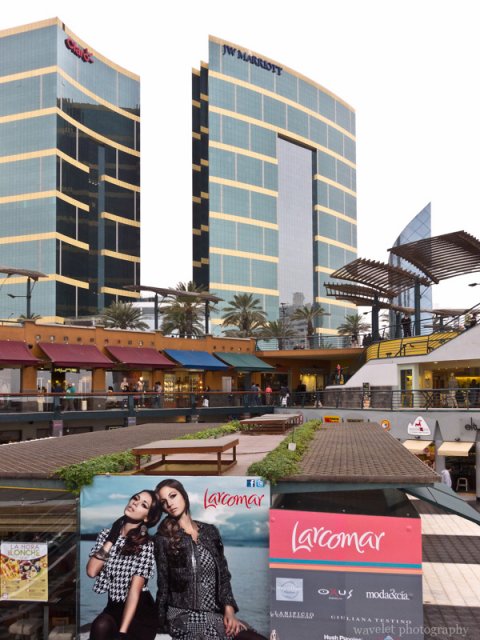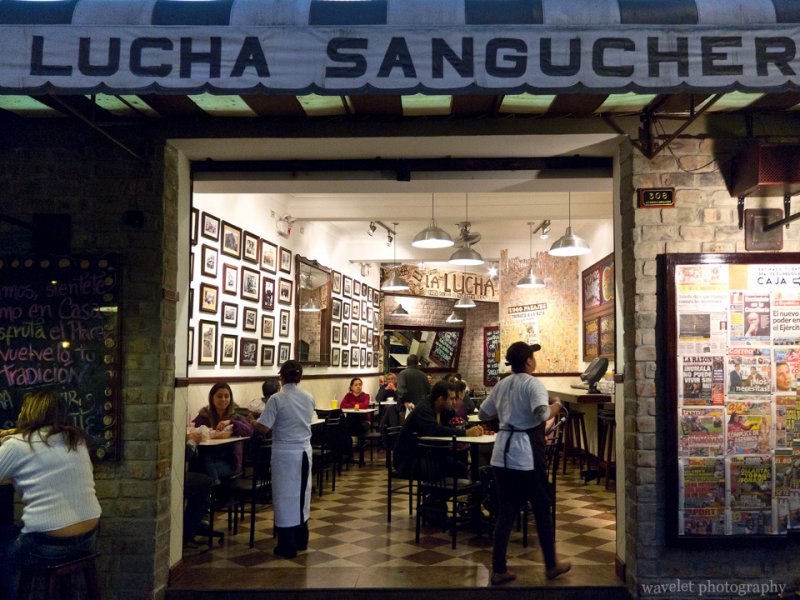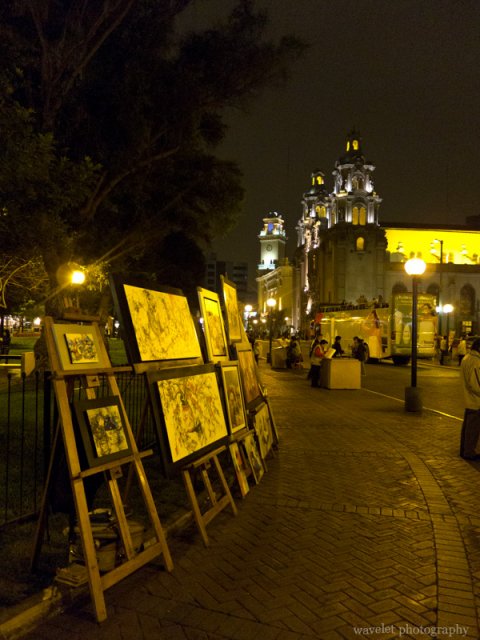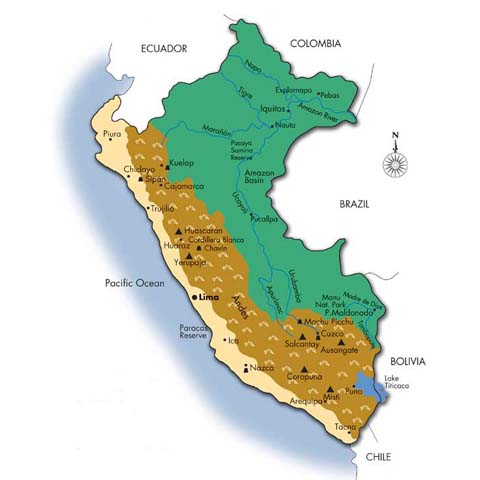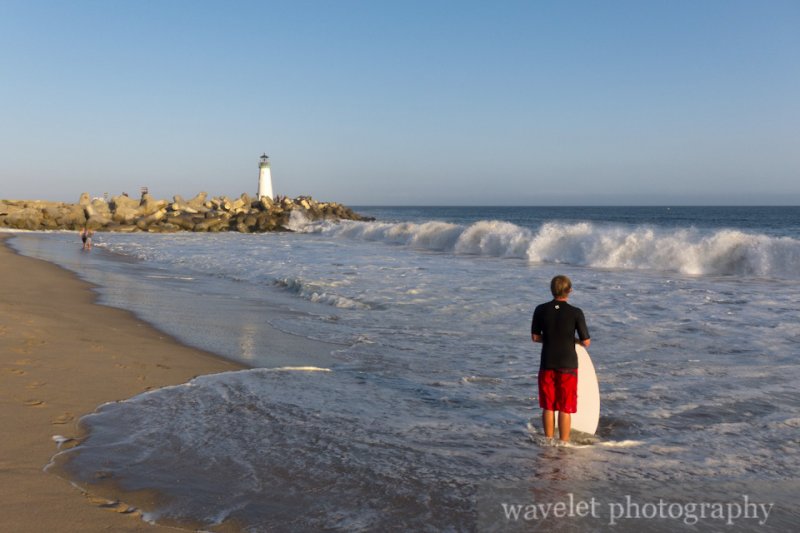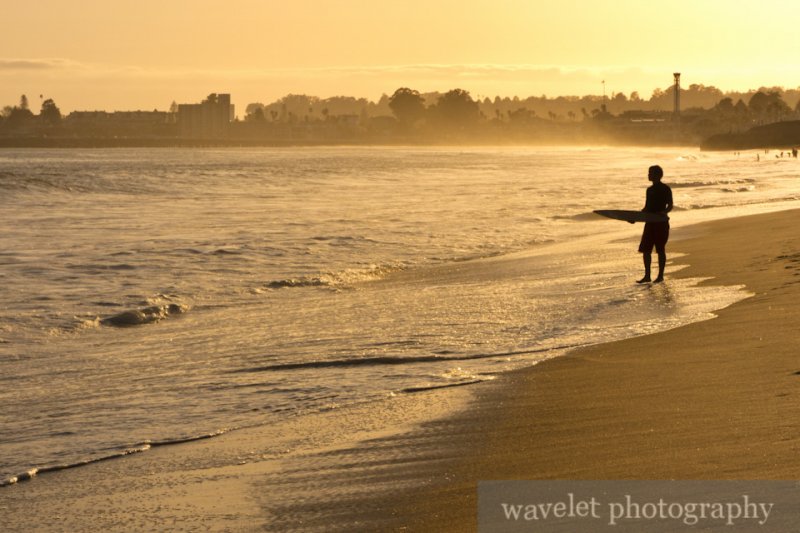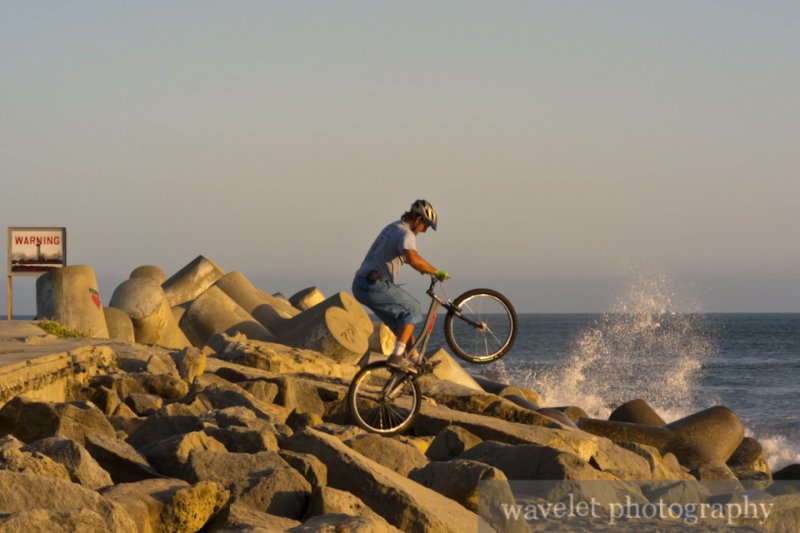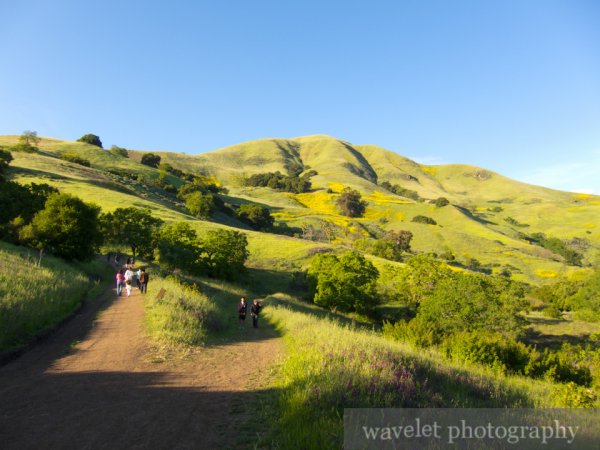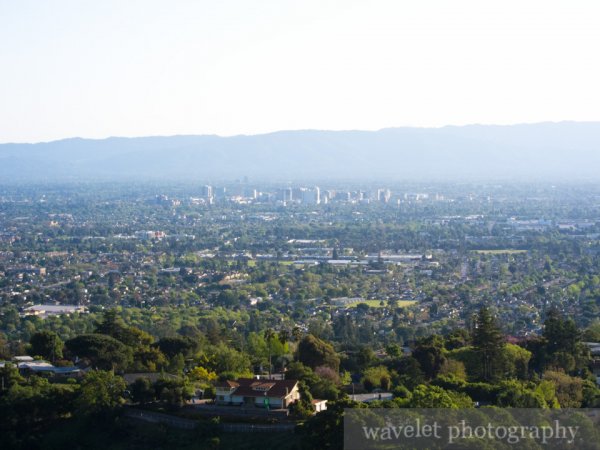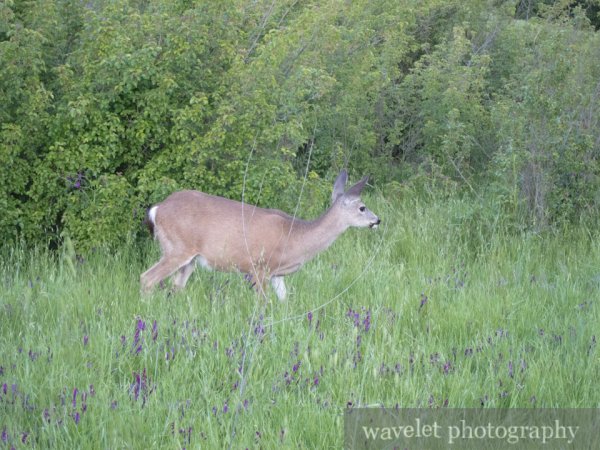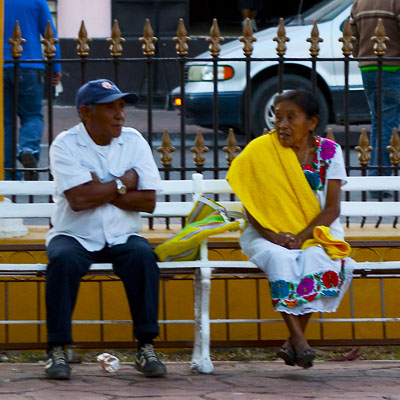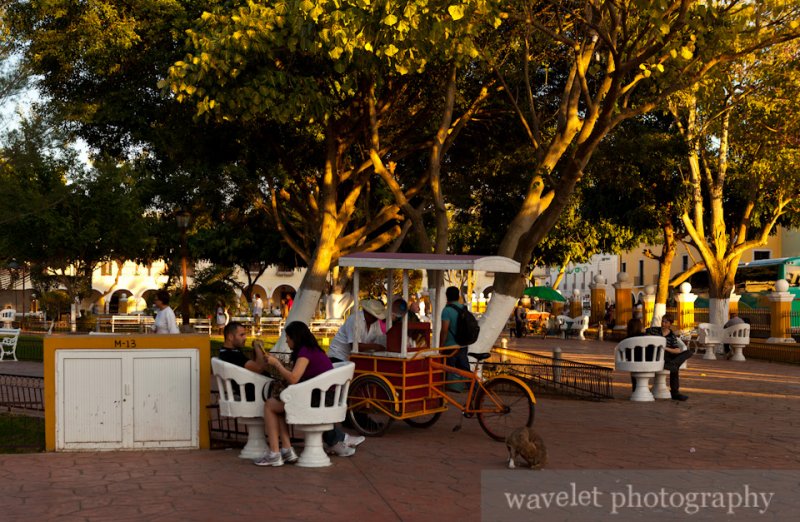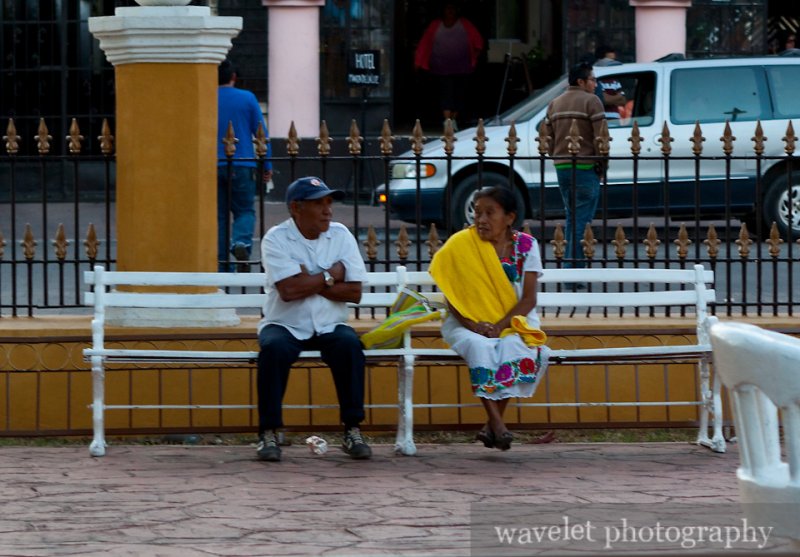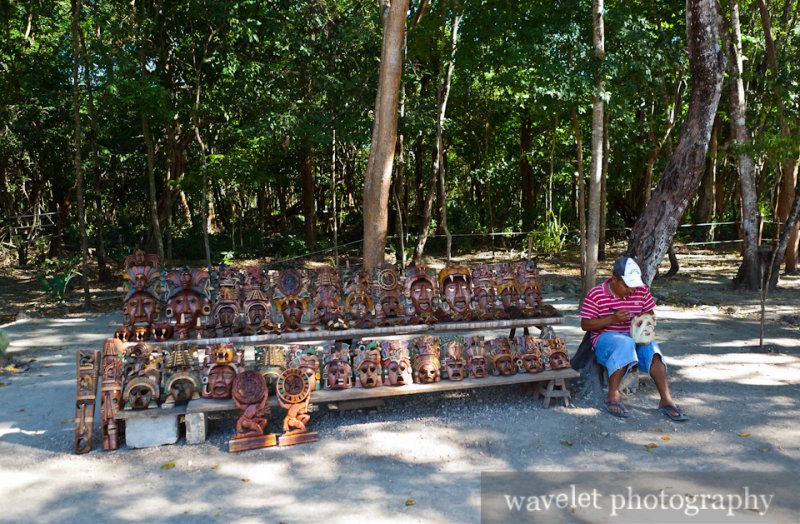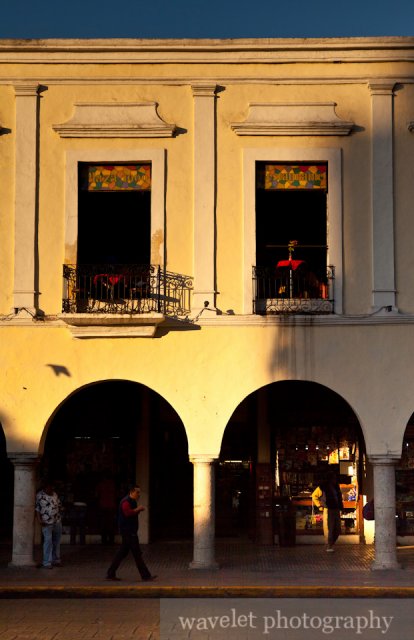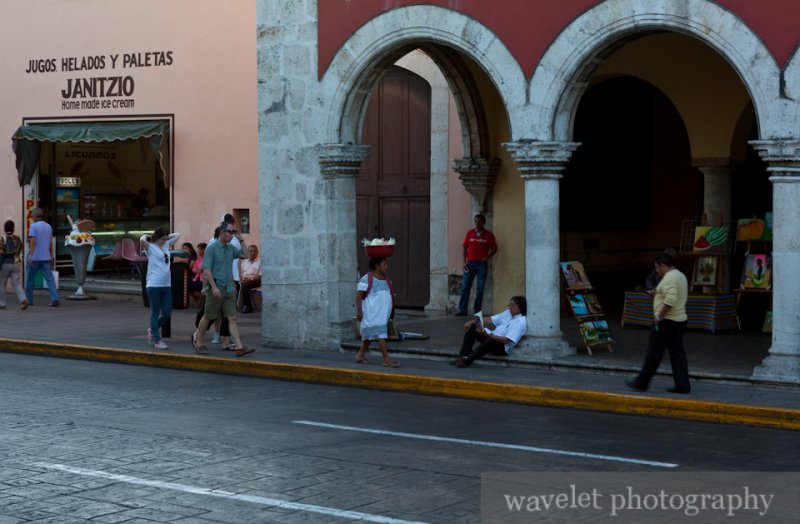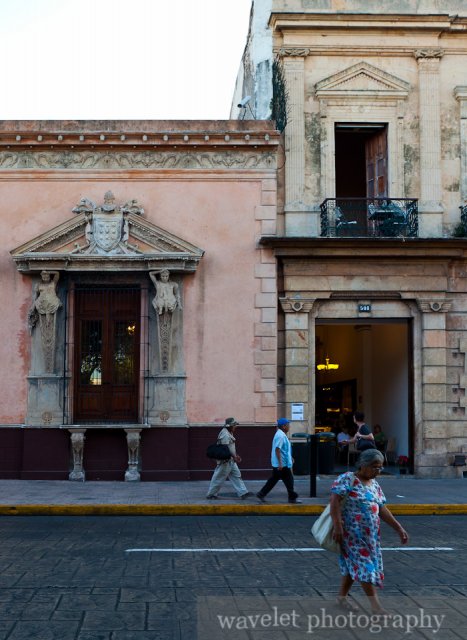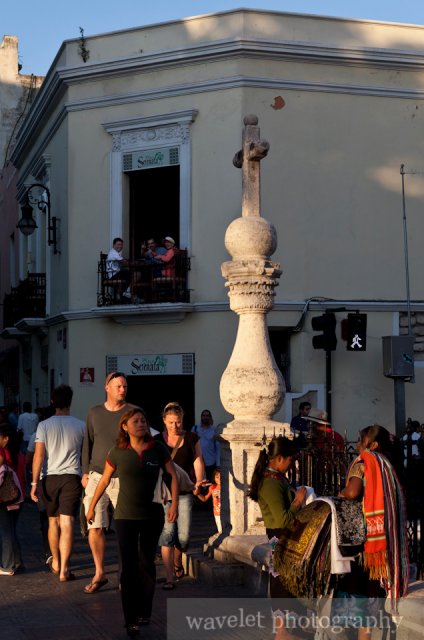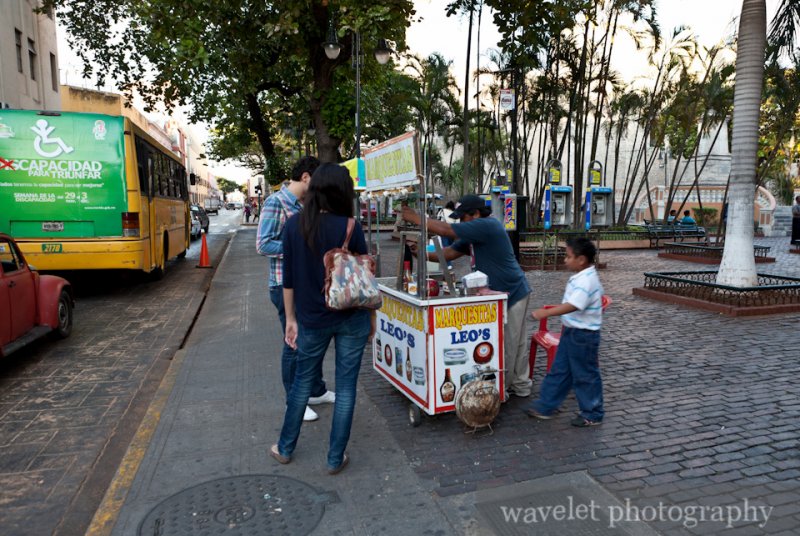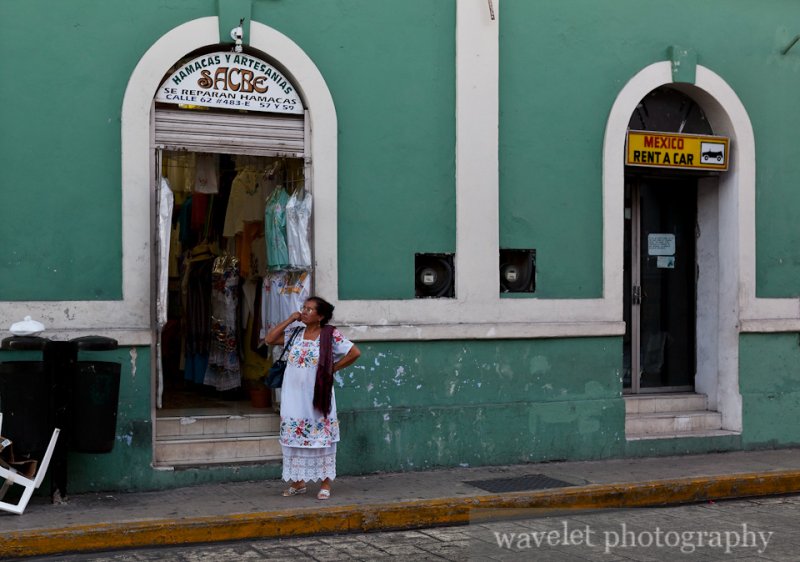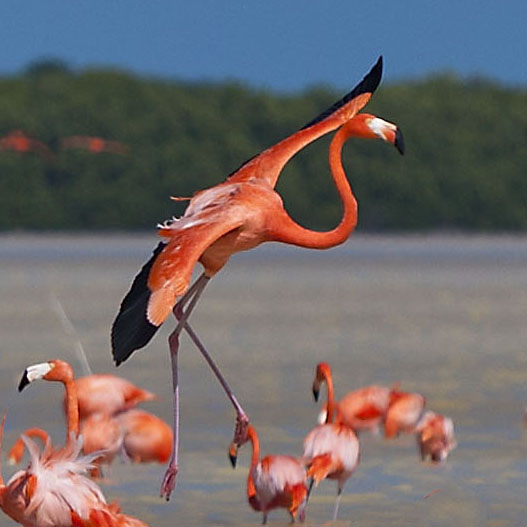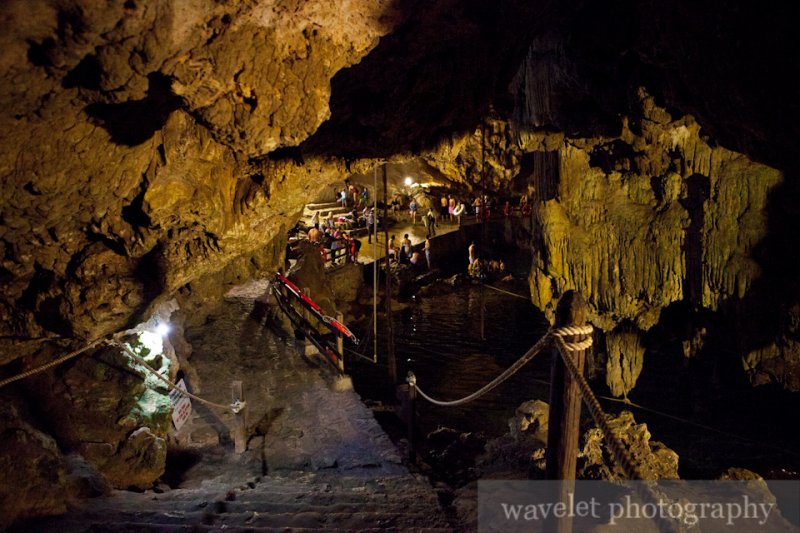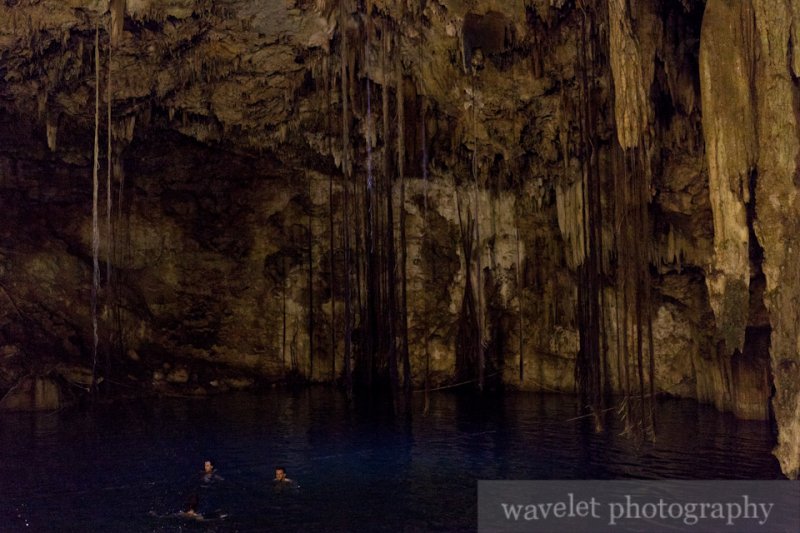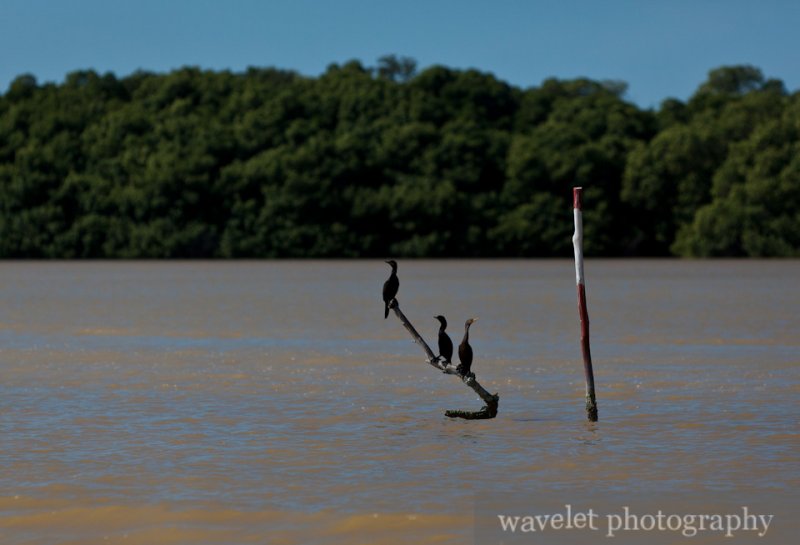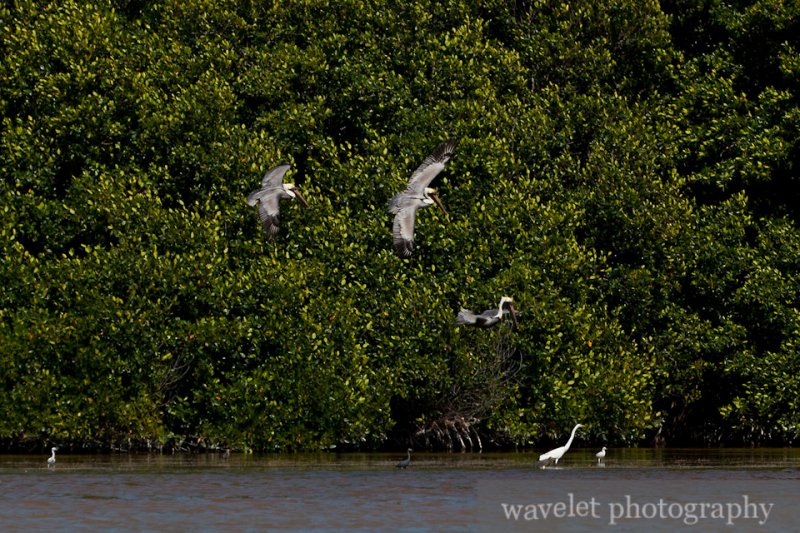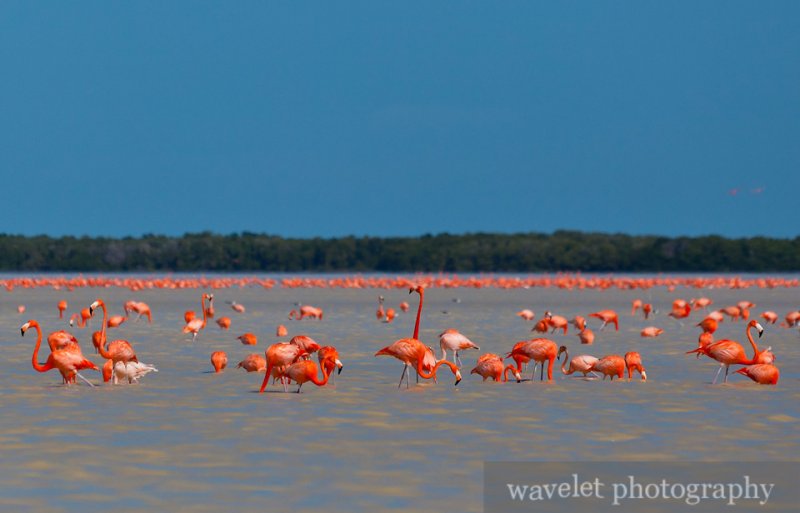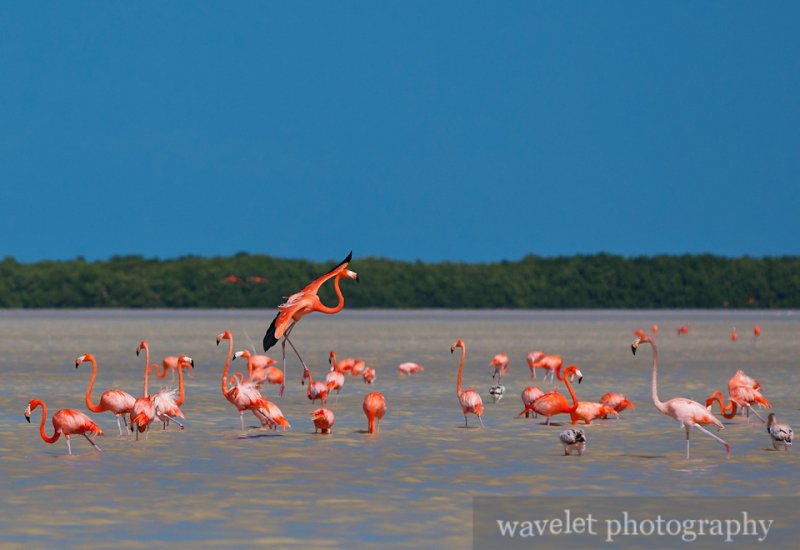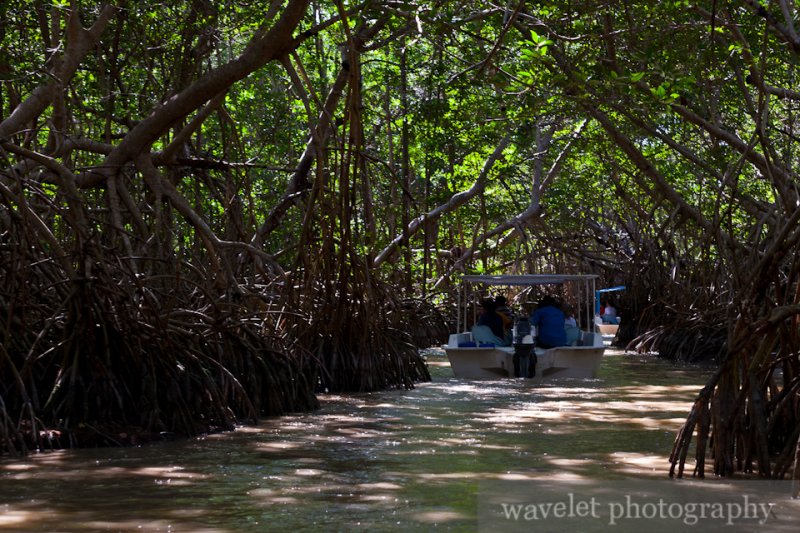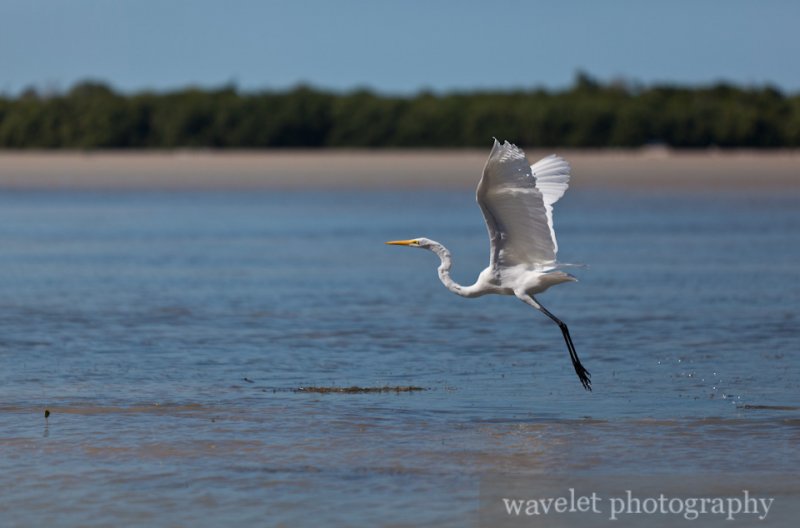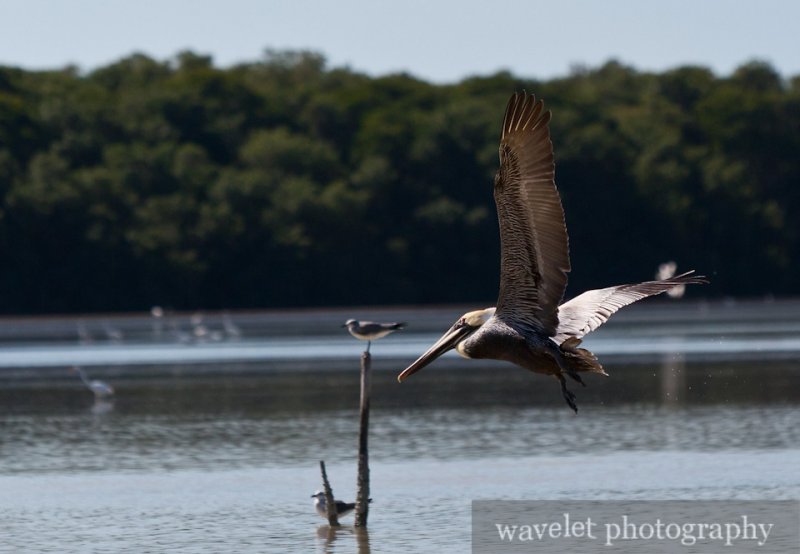Peru – Cusco
2011.7.4Cusco is located at Andes mountain range at southern Peru. It was the capital city of ancient Inca Empire. Inca arose in the early 13th century. Within two hundred years, it had expanded its territory to the major portion of western South America and become the largest empire in pre-Columbian America. It is believed when Cusco was built in the 15th century, the city was planned in the shape of a puma. After Francisco Pizarro conquered Inca Empire in the 16th century, The Spanish destroyed most of Inca buildings and temples, replaced them with Catholic churches and buildings in Hispanic style.
We arrived at Cusco at morning from Lima. Maybe because we took the high altitude pills the previous day, we felt little about Cusco’s 11,200 ft (3,400 m) elevation. It was the only day we planned in Cusco, so we started walking around the city once we settled at El Dorado San Augustin Hotel.
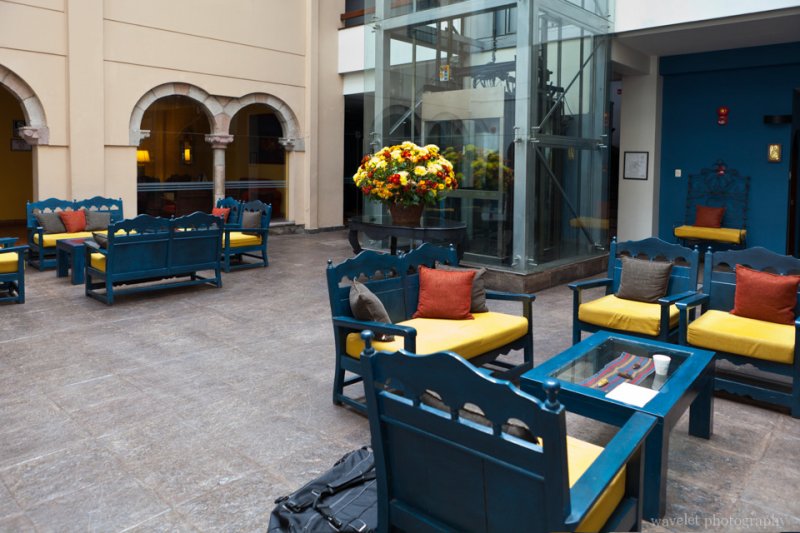
Cusco today is a tourist hub, visitors come here to visit Inca Heartland, such as the Sacred Valley and Machu Picchu, or route to Lake Titicaca and Amazon Jungles. Cusco is a lively city. Plaza de Armas are always filled with travelers and local people. Countless shops, restaurants, hostels and travel agents at the city center serve 1.5 million visitors every year. The churches and stone arches around the plaza are reflections of Spanish influence. Their graceful shapes, elaborate facade, colorful wooden balconies and red-tiled roof make Cusco a very picturesque city. The only complaint we have is its air pollution from old cars during the peak hour.
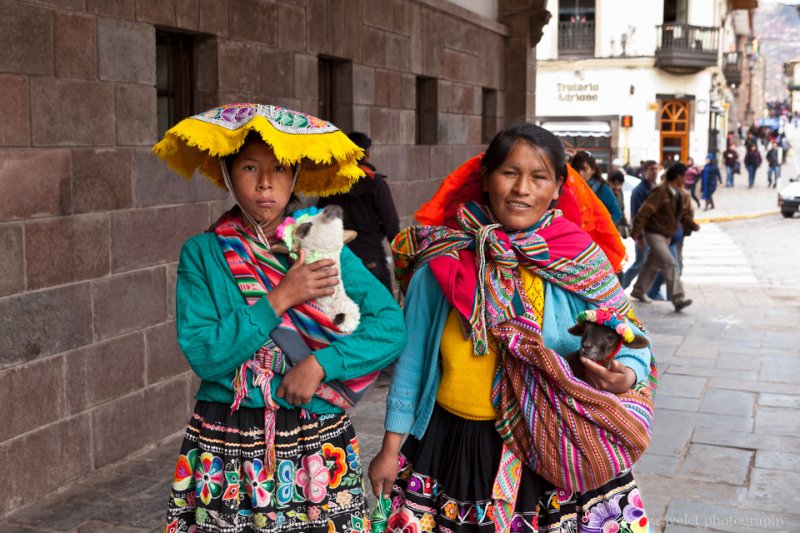
After having a quick lunch of pizza, we hailed a taxi to take us to Sacsayhuamán. Can be easily mispronounced as “sexy woman”, Sacsayhuamán is neither sexy nor feminine – it is an military fortress of Cusco city at Inca time. When designing Cusco in the shape of a puma, the Incas imagined Sacsayhuamán as the head and its walls in a zigzag fashion as the beast’s teeth, while the city was the body of the animal. The rampart has three-level foundations constructed by meticulously placed stone blocks, some weigh as much as 350 tonnes. From bottom to top, these three levels are identified by three sacred animals, snake, puma and condor. After the Spanish captured Cusco, many walls including three towers on top of the fortress were destroyed. Sacsayhuamán was used as a quarry and stones were taken to the city to build churches.
Besides its military purpose, the complex was used for religious rituals. This tradition continues today – as we visited Sacsayhuamán, it was preparing the event of celebrating the 100th anniversary of the discovery of Machu Picchu. There were not many tourists at Sacsayhuamán, but at the time we left, we saw several tour groups coming, maybe this is the last stop of the Cusco city tour. At the exit, there were a lot of opportunities that you could take pictures with local women and their Alpaca.
Coming back from Sacsayhuamán, we kept wandering around in Cusco before sunset.
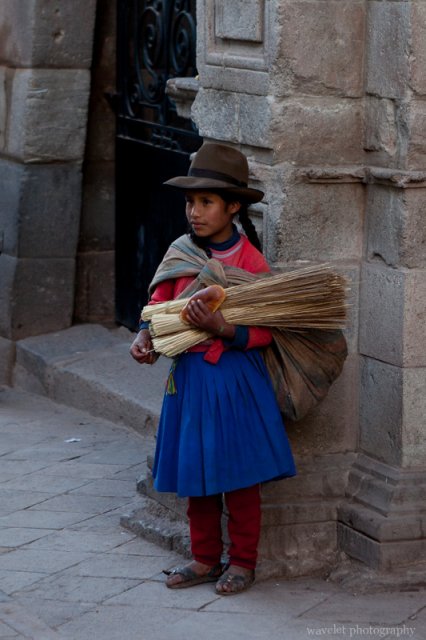
Because it’s the winter of southern hemisphere and Cusco is located within Tropic of Capricorn, it’s already dark at 6pm. Following TripAdvisor’s recommendations, we went to Chicha for our dinner. The word of “chicha” refers to a varieties of beverages in Latin America. The atmosphere was very nice, the food was very good too. I think they might be revised version of Peruvian dishes, but we fully enjoyed them.
